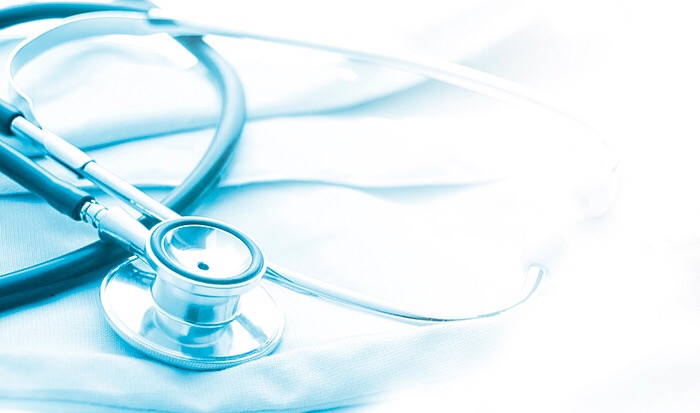Effective Onsite Medical Programs
From medical bills, to lost productivity, to the emotional toll that an accident takes on injured employees, employers face skyrocketing costs associated with workers’ compensation claims. This panel at WCI’s 2017 Workers’ Compensation Educational Conference highlighted how onsite therapy can help properly manage workplace injuries when they occur.
The panel included:
- Jaime Sigurdsson, CEAS, Director of Workers’ Compensation, CORA Health Services, Inc.
- Suzanne Mayberry, Associate Leave Manager, JM Family Enterprises, Inc.
- Sandra Santiago, ARNP, Crew Case Manager, Carnival Cruise Lines
An onsite medical program is made up of two essential elements:
1. Prevention Pre-Injury Program
- Job site analysis.
- Safety seminars/body mechanics training for employees and management.
- Musculoskeletal triage.
2. Post-Injury Assessment and Treatment
- Physician examination.
- Physical therapy.
- Fit for duty (if applicable).
JM Family Enterprises Model
JM Family Enterprises currently has nine onsite Health & Wellness Centers staffed by teams of physicians, nurses, dietitians and physical therapists who provide care for associates and dependents that are 16 years of age and older. Their services include management of chronic conditions, complete physicals and wellness exams, full lab testing and vaccines. An nurse is there full time and MD’s either part-time or full-time, depending on need. They separate work-related injuries from general healthcare.
There are several benefits, including associates staying connected to work due to coming onsite for therapy, convenience, cost savings due to less time out of office for doctor’s visits and travel mileage. The physicians and nurses also fully understand their workplace and services are provided by the same therapist, which improves outcomes.
Carnival Cruise Lines Model
Carnival Cruise Lines treats physical conditions on board a ship with limited access to healthcare facilities. The average ship is at sea 4-7 days. The average ship has 1-2 doctors and 3-4 nurses, which are responsible for all 1000-1500 crew members. They do have unique access to foreign ports and their healthcare systems, which provides an advantage but also a challenge based on the quality of the facilities. A majority of injuries are due to overuse, heavy lifting and accidents. Physicians rotate, which can cause difficulties, so great communication is crucial to their program.
Onsite medical programs thrive with the following characteristics: communication, teamwork, management/staff buy in, flexibility and knowledge of how these types of programs work.


